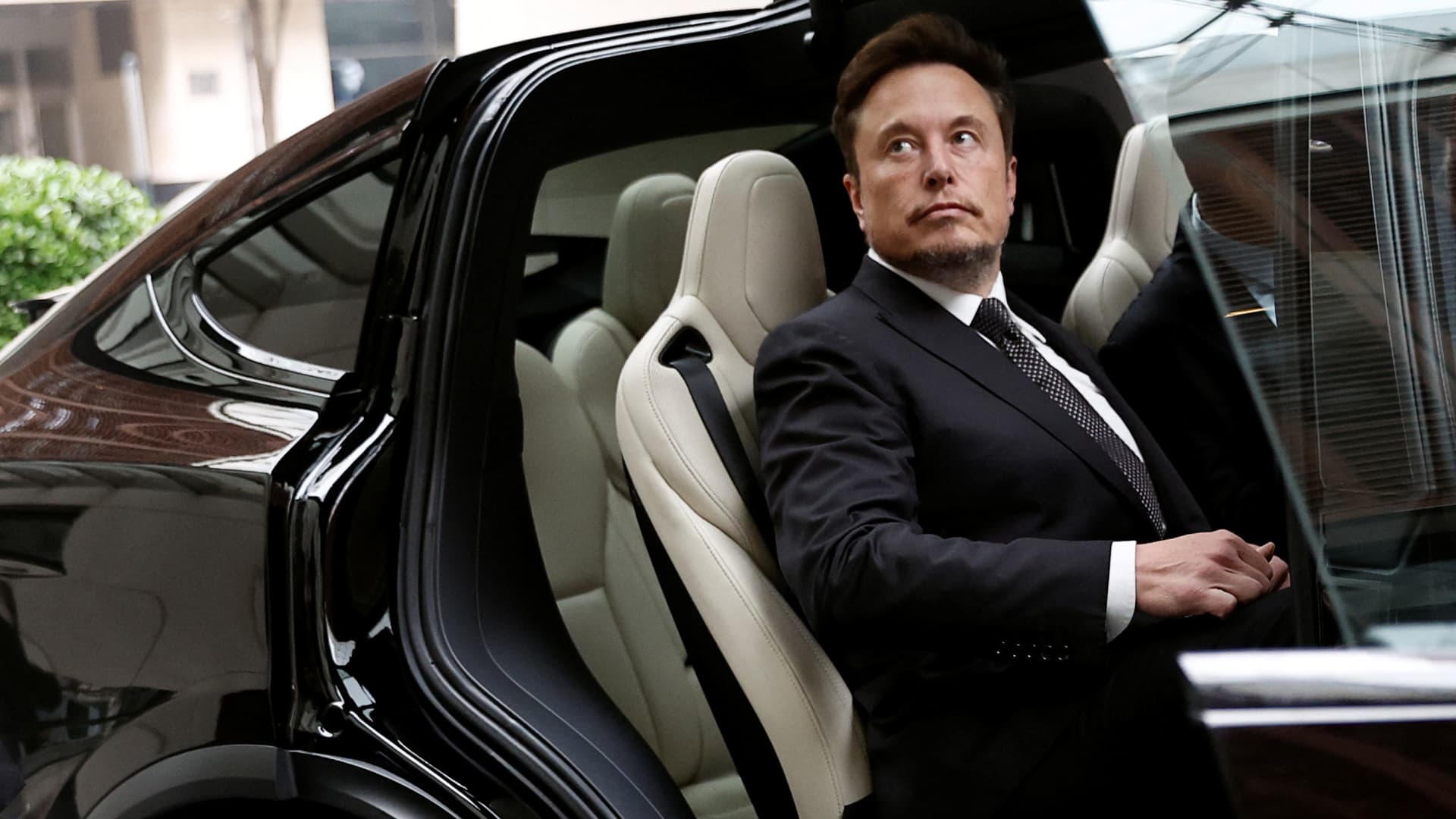Tesla will operate in India if they build in India.
India is very protectionist and a number of manufacturers have kit car factories to avoid the tariffs.
But India has been playing cat and mouse on tariffs in some sectors so the discussions probably had Musk trying to negotiate some approach that would allow them a reasonable, low-risk path towards domestic manufacture.
If they can make the Indian market work, it could ultimately become a global base for manufacturing RHD vehicles.
Just two clarify, all OEM's in India must use local suppliers to remain eligible for the benefits. Several, most famously Suzuki, operate with Indian manufacturers, in their case Maruti. That is quite analogous to companies like SAIC in China.
In short, they are NOT kit cars. Foreign OEM's generally have CKD-like operations for lower volume models, but still do a good deal of India sourcing. From ChevIran in the 1970's, Ford and GM around the world, CKD almost always had large local suppliers. FWIW, aerospace has done that for many years, as have many other industries.
IME, helping with those arrangements in more than a dozen countries, the negotiations regarding local content and local supply are arduous in every case. My first one was ChevIran, which was a locally built Opel Commodore, and had gradually increasing local content. Of course that ended abruptly in 1979.
Many such arrangements become both durable and profitable, with SAIC/GM as one stellar example and CAOA with Hyundai and Chery being another.
We'll soon have clues about Tesla, I predict it will resemble that formerly unique deals with China that have been so successful for everyone concerned. The Modi/Musk harmony is an indication that Mr. Musk learns from his own backdrop and always has very senior executives from the specific country as the heads. Luckily there are quite a few stellar choices for India.
I have thought India was improbable. Obviously I underestimated what we all knew about Chinese operations.
Next: Korea, building on Hyundai/Kia need for dependable high speed charging in their own country.
South Korea has had a long and moderately successful experience with GM (Daewoo) and Nissan (Samsung). Since Samsung cars were badge engineered Nissan anyway, perhaps it will be easier to cope with the issues with Tesla.
Kit Cars, no way! The reality is much more complex than that. I cannot wait!



